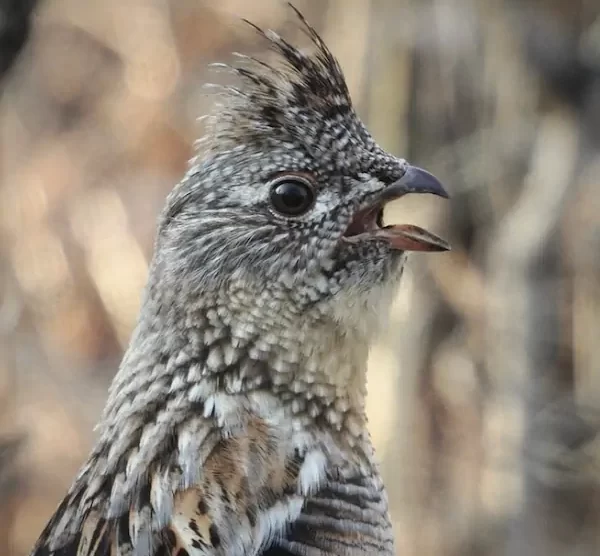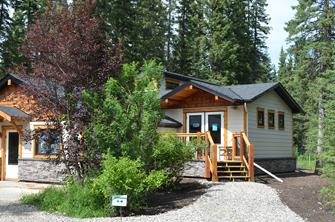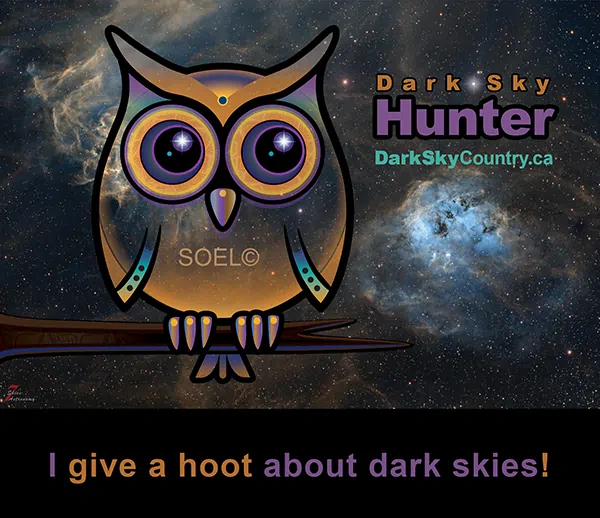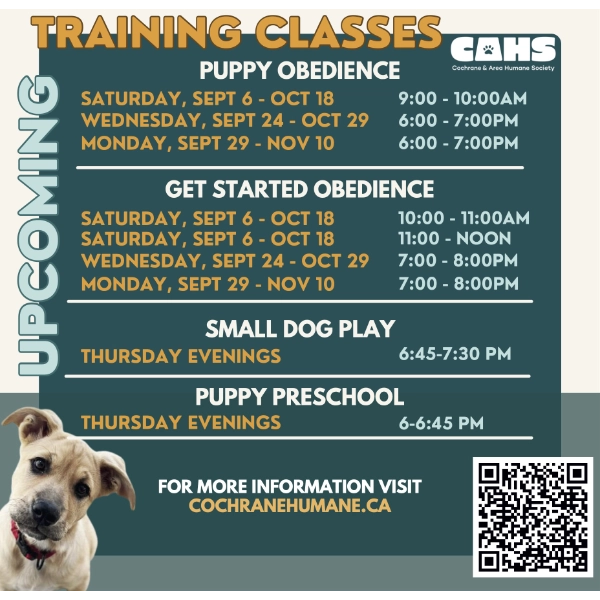Sometimes the stars align to give you a perfect moment that no amount of preparation would have ever been able to achieve. Whilst guiding a lunar hike one chilly evening I heightened the eerie atmosphere with an eldritch tale of local apparitions; some of the younger clients seemed slightly disappointed as they had been promised this ghost story the whole hike and were expecting something with a more abrupt ending. Until I turned, took a step into the snow and suddenly a flapping figure burst from seemingly nowhere. Everyone jumped, most let out a startled yelp or scream, one child remained clutching their mother; the ghosts were real. The “ghost” landed on a branch a few feet away and I introduced the group to one of my favourite, albeit unexpected winter neighbours, the ruffed grouse.
The ruffed grouse is a winter survivalist. They will often bury themselves in snow drifts when the weather gets too cold, sometimes for days as they digest the food in their crops using the snow as insulation. I’m sure the grouse was as shocked as my guests when my boot came so close to ruining its winter reprieve. In my adventures on the snow-crusted ground I often see the tracks of their feathered snowshoed feet and I follow their ambles to discover stories about which plants they were finding to sustain themselves in this desolate winter world. Sometimes these lead me to rather conspicuous blobs atop barren tree branches and shrubs as the grouse nibble at seeds and buds. They do not seem to mind as I watch from below.
The ruffed grouse are usually masters of camouflage. Their mottled grey, brown, and red patches blend into the undergrowth and their slow deliberate walks give the allusion of cartoonish stealth. If they think you haven’t seen them they will pause and if you take your eyes off for more than a moment you will have trouble focusing on them again. If they do think they’ve been spotted they will suddenly sprint away or if you get too close fly to safety. The other distinguishing feature is the crest on their head that can be raised or lowered depending on how they are feeling and if it adds to their disguise.
I know my winter wanders are coming to an end when I start to hear the drumming of the male ruffed grouse. How the sound, likened to an engine trying to turn over, was produced was a mystery to naturalists for almost 200 years until the dawn of wildlife cinematography. It is created as the wings beat the air with such force and speed it creates popping sounds. I don’t know if the male grouse cares that they are my heralds of Spring and new beginnings as they stand proudly on their rock or log drumming vigorously to attract a female. Something tells me they have much more important things to attend to. I for one will feel privileged to hear their beat go on.


























